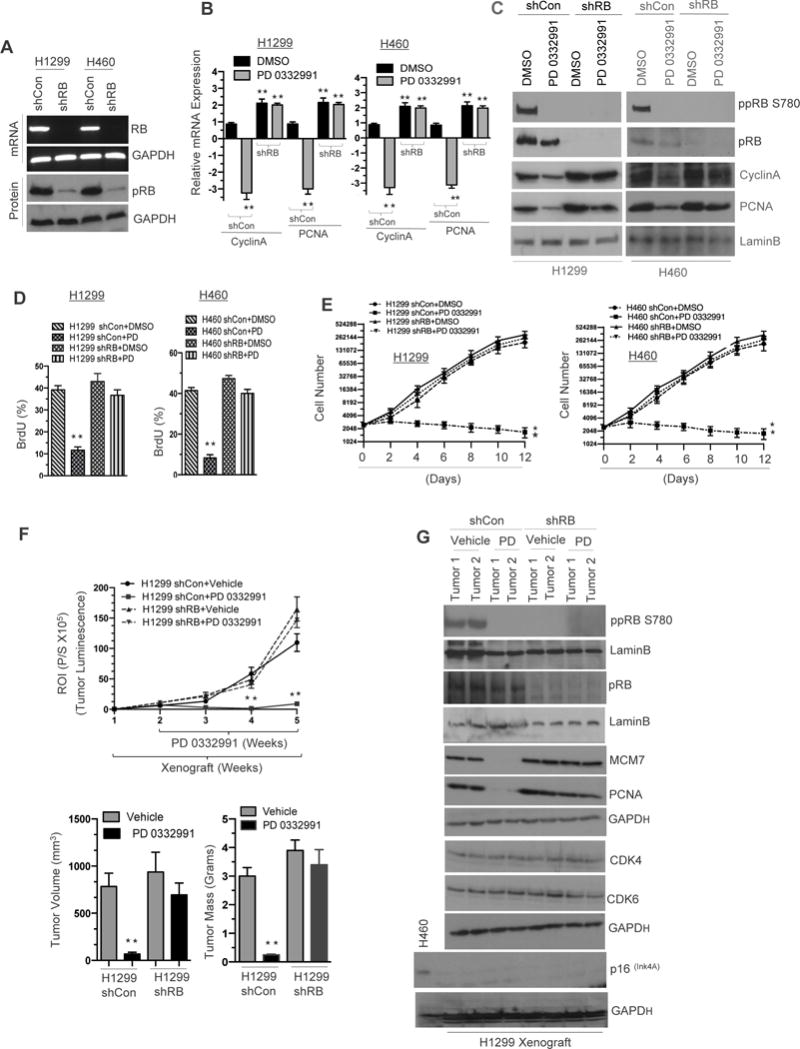Figure 1. RB activation via CDK4/6 inhibition restricts NSCLC growth.

(A) RB mRNA and RB immune blot analysis in RB proficient and deficient H1299 and H460 non small cell lung cancer (NSCLC) cells and the loading controls GAPDH mRNA and LaminB. (B) qRT-PCR analysis of E2F targets CyclinA and PCNA in RB proficient and deficient H1299 and H460 cells (C) Immunoblot analysis of ppRB, S780, pRB, CyclinA, PCNA and a loading control LaminB in RB proficient and deficient H1299 and H460 cells. (D) Flow cytometric analysis of BrdU incorporation in RB proficient and deficient H1299 and H460 cells in response CDK4/6 inhibitor (500 nM). (E) Graphic representation of growth analysis in RB proficient and RB deficient H460 and H1299 (shCon and shRB) cells in response to CDK4/6 inhibitor (500 nM) for 12 days in culture. (F) Graphic representation (top panel) of IVIS derived tumor luminescence of shCon and shRB H1299 cell line induced xenografts in response to CDK4/6 inhibition (150mg/kg body wt) and a graphic representation of tumor volume and tumor mass of shCon and shRB H1299 cell line induced xenografts (bottom panel) in response to CDK4/6 inhibition for three weeks (150mg/kg body wt). (G) Immunoblotting analysis of pRB, ppRBS780, LaminB, MCM7, PCNA, CDK4, CDK6, p16 and GAPDH loading control in shCon and shRB H1299 xenografts in response to CDK4/6 inhibition for three weeks (150mg/kg body wt). Each data point is a mean ± SD 5 or more animals or three or more independent experiments. **p <0.05 were considered as statistically significant.
